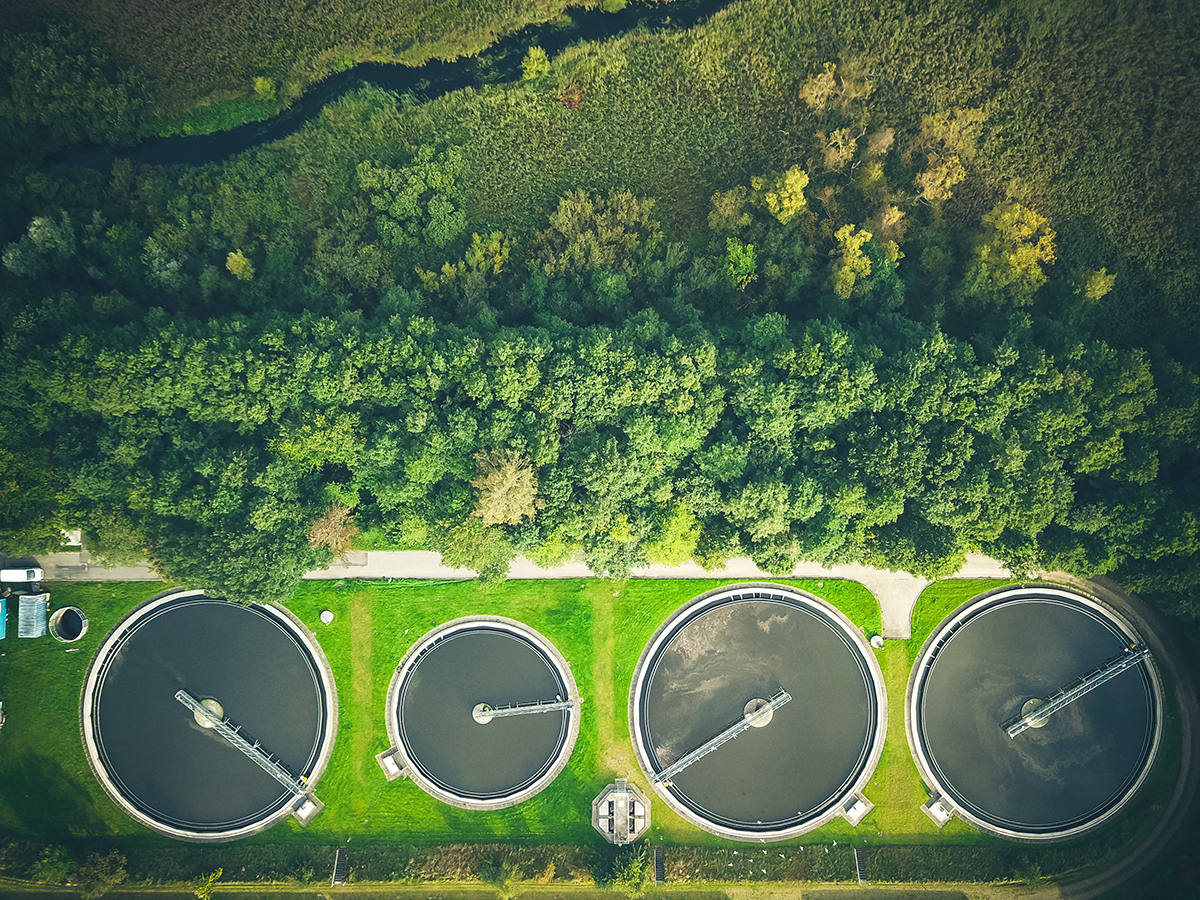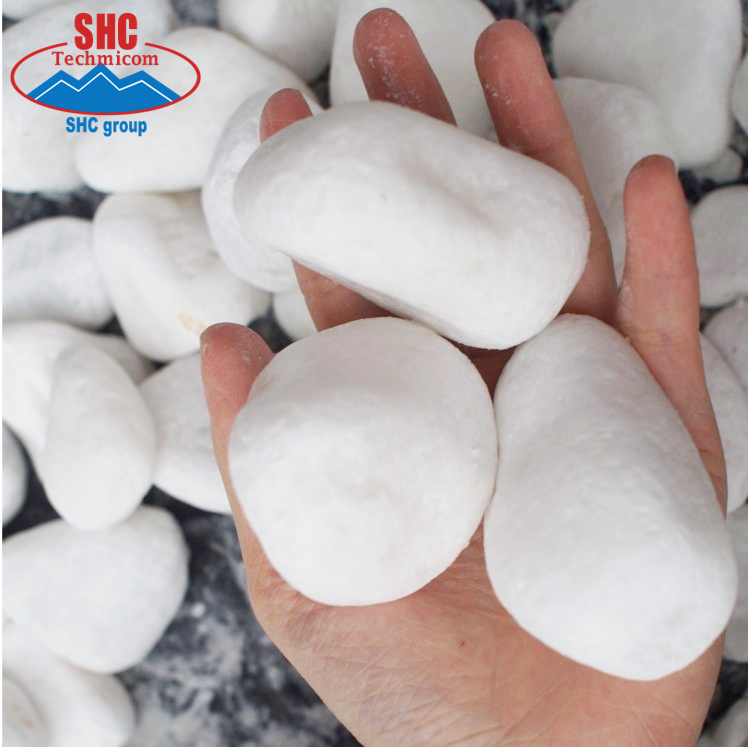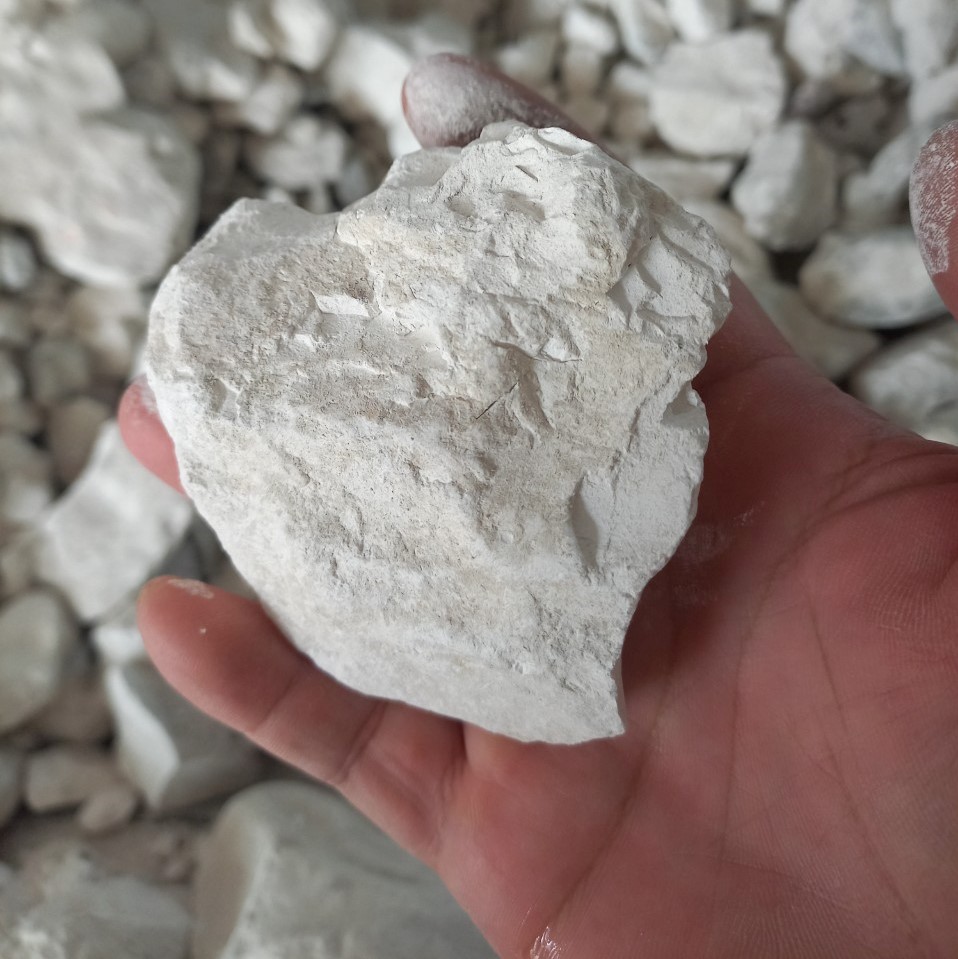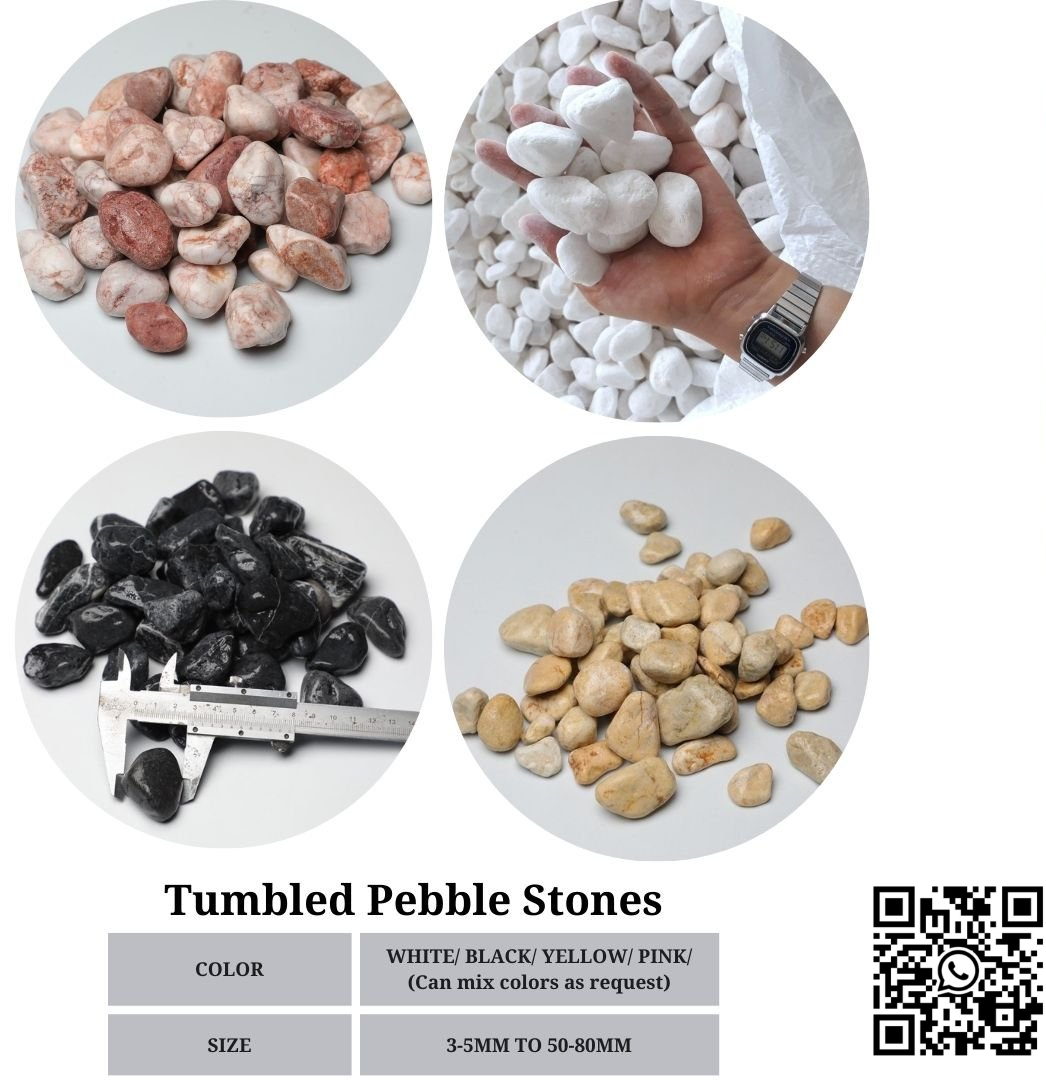Lime in Water Treatment
In terms of annual tonnage, lime ranks first among chemicals used in the treatment of potable and industrial water supplies.

Lime is used by many municipalities to improve water quality, especially for water softening and arsenic removal. Indeed, Vietnam has issued standards that provide for the use of lime in drinking water treatment.
Softening – In water softening, hydrated lime is used to remove carbonate “hardness” from the water. Hardness caused by other calcium and magnesium salts, called noncarbonate hardness, is generally treated by means of the lime-soda process, which entails the precipitation of magnesium by lime. The co-produced calcium salt reacts with the soda ash to form a calcium-carbonate precipitate. Lime-enhanced softening can also be used to remove arsenic from water. Stricter drinking water regulations for arsenic have increased the need for this treatment.
pH Adjustment/Coagulation – Hydrated lime is widely used to adjust the pH of water to prepare it for further treatment. Lime is also used to combat “red water” by neutralizing the acid water, thereby reducing corrosion of pipes and mains from acid waters. The corrosive waters contain excessive amounts of carbon dioxide. Lime precipitates the CO2 to form calcium carbonate, which provides a protective coating on the inside of water mains.
Lime is used in conjunction with alum or iron salts for coagulating suspended solids in order to remove turbidity from water. It serves to maintain the proper pH for most satisfactory coagulation conditions. In some water-treatment plants, alum sludge is treated with lime to facilitate sludge thickening on pressure filters.
Effect on Pathogen Growth – By raising the pH of water to 10.5-11 through the addition of lime and retaining the water in contact with lime for 24-72 hours, lime controls the environment required for the growth of bacteria and certain viruses. This application of lime is utilized where “phenolic water” exists, because chlorine treatment tends to produce unpalatable water due to the presence of phenol. This process, called ‘excess alkalinity treatment’, also removes most heavy metals.
Removal of Impurities – One of the most common methods of removing silica from water involves the use of dolomitic lime. The magnesium component of this lime is the active constituent in silica removal. Lime is also used to remove manganese, fluoride, organic tannins and iron from water supplies.
SHC GROUP
Factory: Mam Xoi Mountain, Thanh Son Commune, Kim Bang District, Ha Nam Province, VN
Hotline: +84 585 678 996
Email: export3@shcgroup.vn
Skype: export3.shcgroup






